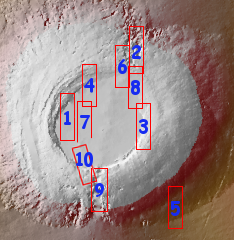The competition heats up: Arianespace officials told reporters today that it plans to complete 14 launches in 2018, which would be a record for the company.
For 2018, the company is targeting seven launches of the Ariane 5 model, four launches for the Soyuz model and three launches of the Vega satellite launcher.
Isn’t competition wonderful? SpaceX forces everyone to lower their launch prices, and instead of going out of business, which the old rocket companies were saying would happen for decades should they be forced to drop prices, everyone gets more customers, more business, and more profits. I am shocked, shocked!
Whether Arianespace can maintain this growth however is another story. As newer rocket companies, such as Blue Origin, come on line with even lower costs, I am not sure their more expensive rockets will survive.

